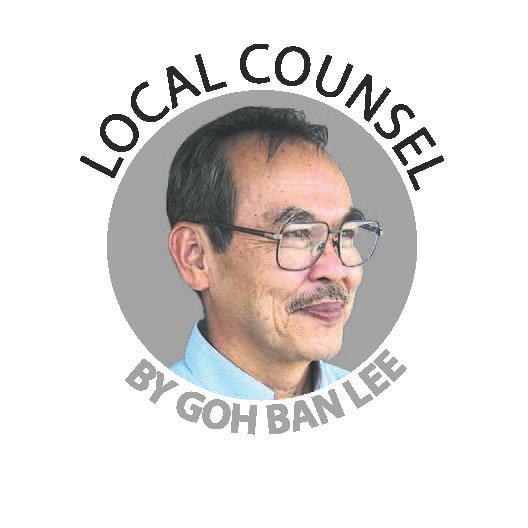THE year is drawing to a close. It is time to gauge the performance of local municipal authorities, and ask whether our major cities and towns have improved and become more liveable.
The definition of liveable cities is subjective. A liveable city can be defined as a place where people want to live or one that promotes quality of life and wellbeing. It can also be defined as a place where healthy, happy residents feel safe, socially connected and included.
Liveability includes access to affordable housing linked via effective public transport and good walking and cycling paths and lanes to places of work, schools, shops and markets, open spaces and parks, health and community services, and culture and entertainment. Public space and facilities are highly valued, while the use of private cars gets low priority.
When the Economist Intelligence Unit (EIU) released its annual Global Liveability Index this year, Vienna topped the ranking of most liveable cities. It toppled Melbourne, which held the top spot for seven consecutive years from 2011 to 2017.
The 2018 top 10 are: 1) Vienna, Austria, 2) Melbourne, Australia, 3) Osaka, Japan, 4) Calgary, Canada, 5) Sydney, Australia, 6) Vancouver, Canada, 7) Toronto, Canada, 8) Tokyo, Japan, 9) Copenhagen, Denmark, and 10) Adelaide, Australia.
The EIU ranked 140 major cities under five broad categories: stability, healthcare, education, culture and entertainment, and infrastructure. The top 10 is dominated by cities in Europe, Australia, Canada and Japan.
Vienna, with a population of 1.8 million people, is one of the most visited cities in Europe. It is known for the Vienna State Opera House, historic museums and palaces. The Viennese coffee house culture dates back hundreds of years and is recognised by Unesco in its national inventory of intangible cultural heritage. The city is known for its baroque architecture. Many famous people have called Vienna home, including Wolfgang Amadeus Mozart and Sigmund Freud.
Besides the attractions, one feels safe in Vienna. It is pleasant to walk because it has well-maintained pavements and traffic lights for pedestrians to cross main roads. Cars and other vehicles stop for pedestrians. Complementing the pavements and bicycle lanes is an efficient public transport network of buses, trams and subways. For the convenience of riders, one ticket allows a person any mode of public transport within each zone.
Closer to home, Kuala Lumpur was ranked 77 in the same EIU 2018 list. While not particularly high, it turns out that KL is the second highest ranked Southeast Asian city on the list, behind Singapore (at 37) and ahead of Bangkok (at 98).
It is important to stress that city liveability rankings have been criticised. Some experts say that the rankings privilege smaller, compact cities in wealthier countries (Tokyo is the only city in the top 10 that can be called a megacity), or unfairly penalise cities for protest movements or single violent events. Some of the rankings are explicitly meant to gauge compensation for well-to-do expatriate workers in those cities.
While these rankings provide helpful means of comparison and factors for evaluation, it is important that cities consider the needs of local residents as they try to achieve good rankings.
Liveable cities do not happen by chance. Apart from the civic consciousness of residents and sometimes some luck of culture, economics and history, the role of the local council is important. In many of the highest ranking cities, the local authorities are active in determining policies and plans. We need to ask what else our local authorities can do.
On Oct 6, the Penang state government signed a MOU with the United Nations Human Settlements Programme, also known as UN-Habitat, to promote and advocate for Penang 2030, the New Urban Agenda and the Sustainable Development Goals (SDGs). The objective is to make Penang a resilient city, able to cope with the physical, social, economical and environmental challenges of the 21st Century.
The MOU is the first of its kind between a Malaysian state government and UN-Habitat. Such action bodes well for the future liveability of our city and state. The objectives of the New Urban Agenda and SDGs intersect well with the liveability factors often cited by rankings, and arguably offer more expansive and integrated concepts of city liveability. Let’s hope that careful planning and innovative thinking, aided by this agreement, will once again “Let Penang lead”.
Datuk Dr Goh Ban Lee is interested in urban governance, housing and urban planning. Comments: letters@thesundaily.com















